
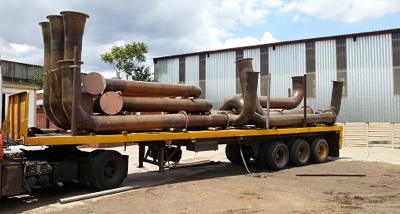
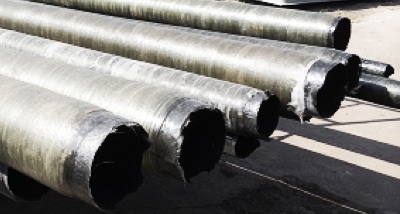
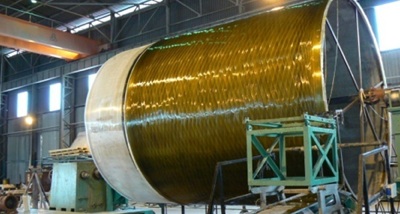
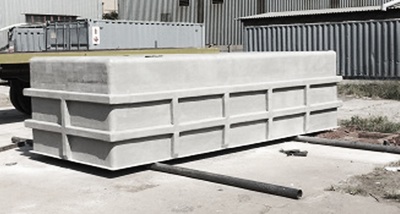
The average installed cost for FRP is approximately one third the comparative price of stainless steel and one fifth the comparative price of higher nickel alloys.
Stainless Steel prices continue to trend rapidly upward in concert with the price and availability of nickel. As the global economy continues its recovery and developing nations increase their infrastructure built, base metal prices, most notably copper, nickel and stainless steel are expected to continue their upward trend. Moreover, the availability of stainless steels and higher nickel alloys is falling off and delivery times are lengthening considerably (Source: International Monetary Fund).
FRP has a proven longer service life than stainless steel and other high nickel alloys, with FRP case studies dating back to 1979 and with most of the subject cases still in service today. The service life of a steel tank with anti-corrosion coating is around 10 years.
UV stabilisation means no painting or lacquering is required after installation and the lightweight nature of FRP means it can be easily lifted and moved for ease of cleaning.
Thanks to its non-corrosive properties, FRP requires little maintenance aside from cleaning. Metallic solutions require relatively high maintenance due to its inclination to corrode.
With FRP it is possible to effect repairs without interrupting operations. Old or damaged tanks could be repaired easily on site.
FRP grating, with an integrally bonded gritted top surface, has achieved some of the highest levels of slip resistance ever recorded for a walking surface. FRP is 50% safer than steel grating and 70% safer than chequer plate for slip resistance. This degree of safety is crucial for OH&S conscious workplaces, such as mine sites, oilrigs and factories.
FRP is perfectly suited to sensitive environments, thanks to its ability to dissipate static electricity, as well as its non-sparking properties. Static dissipation is very important in underground and offshore locations, while FRP is ideal in gaseous environments, as it will not spark if tools are accidentally dropped - a hazard on steel flooring.
As FRP is produced with moulds, it can be manufactured to any shape or design with a huge variety of surface profiles and unlimited colours.